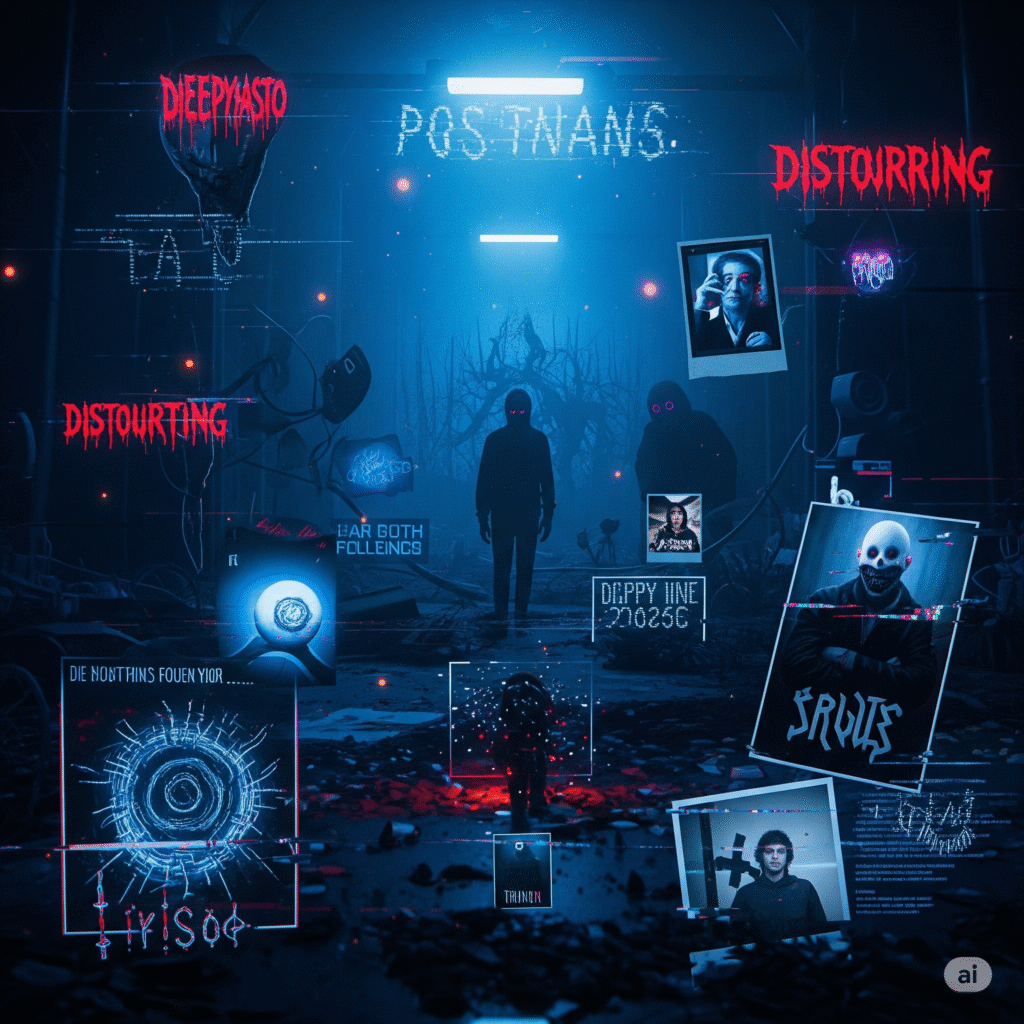
The internet, a vast and ever-evolving landscape, has given birth to countless stories, some true, some embellished, and some entirely fabricated. Before “fake news” was a daily headline, the early days of the web were a wild west of forums, chain emails, and Geocities sites, where urban legends spread like wildfire. Many of these tales have faded into the digital ether, remembered only by a select few who traversed the early internet.
Let’s dig up some of these forgotten digital phantoms:
Sure, here’s a post about 7 internet urban legends that almost no one remembers:
7 Internet Urban Legends Almost No One Remembers
The internet, a vast and ever-evolving landscape, has given birth to countless stories, some true, some embellished, and some entirely fabricated. Before “fake news” was a daily headline, the early days of the web were a wild west of forums, chain emails, and Geocities sites, where urban legends spread like wildfire. Many of these tales have faded into the digital ether, remembered only by a select few who traversed the early internet.
Let’s dig up some of these forgotten digital phantoms:
1. The Pokémon Black Version
Before the official release of Pokémon Black & White on the Nintendo DS, a creepypasta circulated about a pirated Game Boy cartridge simply titled “Pokémon Black Version.” This alleged game was said to be cursed, featuring disturbing sprites, the ability to “kill” opposing Pokémon permanently, and an overarching theme of death and despair that would haunt players. The legend played on the innocence of the Pokémon franchise, twisting it into something truly unsettling.
Pokémon Black and White – Wikipedia
2. The Slenderman Origins (Before the Game)
While Slenderman is now widely recognized, largely due to the popular video game Slender: The Eight Pages and subsequent media, his origins as an internet urban legend are often forgotten. He first appeared on the Something Awful forums in 2009 as part of a Photoshop contest to create supernatural images. Users added him to seemingly innocuous photos, concocting a mythology of a tall, faceless entity who stalks and abducts children. The collaborative nature of his creation, before he became a full-blown media phenomenon, is a fascinating aspect of early internet storytelling.
3. NES Godzilla Creepypasta
This elaborate creepypasta, which gained traction on various forums and imageboards, told the story of a cursed Godzilla: Monster of Monsters! NES cartridge. The narrative, presented as a personal account, detailed strange occurrences within the game, including corrupted graphics, unsettling music, and the appearance of a new, malevolent entity named “Red” that would torment the player. The story was notable for its sheer length and intricate details, often accompanied by “screenshots” that added to its verisimilitude.
4. The Legend of Polybius
This arcade urban legend dates back to the early 2000s, though it’s set in the early 1980s. The story claims that a mysterious arcade game called “Polybius” appeared in arcades in Portland, Oregon. Players of the game reportedly suffered from amnesia, nightmares, and even suicidal thoughts. The legend suggests the game was a government experiment, collecting data on its players. While there’s no evidence of such a game existing, the allure of a mind-controlling arcade machine has kept the legend alive in certain corners of the internet.
5. The “Smile.jpg” or “Smile Dog” Curse
This disturbing urban legend revolves around an image file supposedly named “smile.jpg” (or “smile.dog”). The story claims that viewing this image, which depicts a demonic-looking husky with a wide, unsettling grin, can cause psychological distress, madness, and even death. The only way to escape the curse, according to the legend, is to spread the image to others. It’s a classic example of a digital chain letter combined with a psychological horror element.
6. The “Ben Drowned” Majora’s Mask Cartridge
Similar to the NES Godzilla creepypasta, “Ben Drowned” is a highly detailed story about a haunted The Legend of Zelda: Majora’s Mask Nintendo 64 cartridge. The narrator describes encountering bizarre glitches, unsettling messages, and an ominous entity named “Ben” within the game, leading to a chilling and unraveling narrative. The story was particularly effective due to its use of manipulated videos, making the “proof” of the haunted game feel incredibly real to many.
7. The FidoNet Poltergeist
FidoNet was a worldwide computer network used for exchanging messages and files in the pre-internet era, particularly in the 1980s and early 1990s. An urban legend arose about a “FidoNet Poltergeist” that would cause inexplicable errors, garbled messages, and system crashes on various bulletin board systems (BBSes). While likely attributable to faulty hardware or software bugs, the idea of a digital ghost haunting the early networks captured the imagination of users navigating this new frontier.
BONUS
Supposedly, it was a forbidden video on YouTube and horror forums, featuring disturbing images and subliminal messages. It was said that those who watched it suffered from hallucinations, anxiety, and in some cases… mysteriously disappeared
“Obedece a la morsa” (Obey the Walrus)
A disturbing viral video from the 2000s. It features a person in costume dancing in an unsettling way, accompanied by sinister messages. Many believed it brought bad luck.
Sad Satan
A video game supposedly found on the deep web, filled with images of political leaders, disturbing photos, and strange noises. It went viral on YouTube thanks to the channel Obscure Horror Corner.
These forgotten tales offer a fascinating glimpse into the early days of internet culture, showing how communities formed around shared scares and how quickly stories could spread, even without the amplification of modern social media. They remind us that the internet, in all its forms, has always been a fertile ground for human imagination, both light and dark.
Do any of these ring a bell for you? Or are there other old internet legends you remember that have fallen by the wayside?